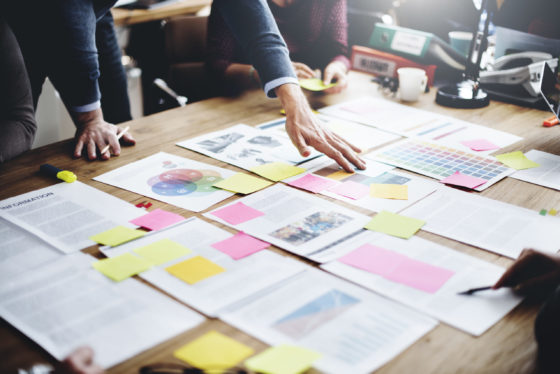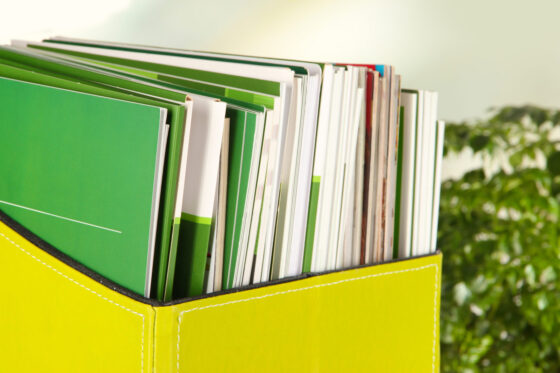
Translating technical documents can raise many challenges, especially as you manage content across various product lines on tight deadlines. The right combination of preparation and expert partners streamlines the process and saves both time and budget.
Here are our top-10 tips for avoiding translation pitfalls when translating technical publications. With this guide, you can be well-prepared when it comes to translating technical documents.
1. Write technical documents with translation in mind.
When creating technical documents, it’s important to follow guidelines that will make future translations easier.
Here are tips for crafting your technical documents with translation in mind.
- Write short, clear sentences with simple phrasing. Limit dependent clauses. One thought per sentence helps translators better understand the original meaning. It also increases savings from translation memory matches in translation software.
- Use the active tense wherever possible. The active tense is more direct, and easier for both translators and end users to understand clearly.
- Keep terminology consistent in the content. Create lists of terminology for both technical document writers and translators to use. These terms can be imported into translation memory to help ensure consistency. You can also reuse content when possible. For example, if a procedure is already documented in a manual, you can reuse it in another technical document.
- Avoid noun strings whenever you can. When a sentence has too many nouns in a row, it can make it more difficult to parse and harder to translate. Try to break up sequences of more than three nouns.
- Avoid idiomatic expressions and cultural references. Find alternatives that are easier to translate clearly.
- Allow formatting room for fluctuations in text length. Translated content can often take up more physical space in the document than the content in its source language, especially when the target language uses a different script. Tables, labels, and other areas in a technical document should be designed with this in mind.
- Make sure symbols are internationally recognized. Many symbols, such as a stop sign, don’t have the same meaning in other cultural contexts.
- Account for potential changes in data formats. Depending on the target language, elements like dates, currencies, and phone numbers may have different formats.
2. Avoid hard and soft returns when aligning texts
A hard return signifies the actual end of a paragraph, whereas soft returns just indicate the end of a line. When translating technical documents, or writing them with translation in mind, it’s best to avoid this distinction.
Using hard and soft returns can add extra time at the translation stage. Broken sentences can cause difficulties for linguists, as well as for tools like translation management software or machine translation.
3. Use automation in your documents
Table of Contents (TOCs), Indices (IX), cross references, variables and internal/external links can all be automated to streamline translation workflows. Also, we recommend using style sheets, which instantly apply any updates or resizing.
4. Prepare for text expansion
If your source language is in English, you’ll want to allow 20% more space for most target languages. You’ll want to account for text expansion when designing or creating your original printed piece, including artwork, graphics or charts.
You may also need to resize your documents (for example, U.S. letter sizes are normally converted to A4 for foreign markets).
5. Link graphics whenever possible
We advise linking graphics in technical documents rather than embedding them, which simplifies replacements in localized versions and future updates. It also reduces file size to better accommodate translation tools.
6. Provide editable source files
Editable/layered source files, including images, are key to a high-quality translation — especially for any digital designs or artwork. If you don’t add them, you may need to recreate them before translation. Of course, that can add considerable time and cost to your initiative.
7. Compress files
When delivering files, compression helps protect corruption-prone fonts and transmission speeds during tight schedules.
8. Provide instructions to sync expectations
When providing files to your translation provider, be sure to define the translation effort’s scope and your desired deliverables. It’s also helpful to outline your tools and any different versions. Specify any information required for the task, including output formats (e.g., PDFs, HTML, image types, etc.) and settings.
9. Organize your file submissions
Make sure to include all relevant files for the technical document translation and avoid including extraneous or unused files. An organized folder structure helps make the process as efficient as possible. Messy structures can also delay your product’s launch and create technical issues, like broken links, which can cause compiling errors.
10. Plan updates in advance to avoid surprises
A solid plan made ahead minimizes rework and avoids budgeting and scheduling issues. An experienced technical document translation service provider will advise you on the best, most effective ways to coordinate updates.
What to look for in a technical document translation service
Look for a provider with expertise in your specific industry or business. Next, check the provider’s qualifications and experience. A reputable technical documentation provider should have a team of professional translators who are highly skilled and have years of experience in your field or industry.
Ask if the provider uses translation memory software. Translation memory can help ensure consistency and accuracy across your technical documents, even as they evolve over time. Consider the provider’s quality assurance processes. A high-quality provider should have a rigorous system for reviewing and testing translations before delivering them to you.
Check reviews and testimonials from previous clients. This will give you an idea of the provider’s reputation, reliability, and quality of work, helping you make an informed decision.
Make sure your technical document translators have native level proficiency in the target language.
Having a technical documentation provider who has native-level proficiency in the target language is crucial. This ensures that the translations are accurate and culturally appropriate for the target audience.
When possible, work with translators who also have an in-depth knowledge of the relevant subject matter.
In addition to native-level proficiency in the target language, a technical documentation provider must also have in-depth knowledge of the relevant subject matter. This is critical for ensuring that translations use your industry-specific terminology..
Apply these technical document translation best practices to keep pace with your enterprise goals
Successful technical documentation translation strategies are key to meeting your time-to-market, budget and quality objectives.
Get in touch to discuss your unique needs and how Acclaro can design a custom translation program for you. You can also visit our document translation services page for more information.
Insights for global growth

Power your strategic growth
Go beyond tactical localization with tailored, strategic solutions that resonate locally and drive growth globally.
Get started



